For a blog post series on Workology to help HR leaders and teams create better job descriptions, we covered the basics of what a job description is and what it’s used for, and put together a set of guidelines on how to write an effective job description posting and template. What we haven’t covered in depth is the structure of these teams within your organization and setting up an organizational chart and workflow with these HR job descriptions. If you’re handed a blank org chart to fill out for your company, how do you determine what resources you’ll need where? How do you develop your HR “dream team?” Here’s a resource on 6 advantages (and disadvantages) of a matrix organizational structure.
What Does an HR Organization and Team Structure Look Like?
The HR organization and HR departments are evolving from administrative departments that lead the transactional HR activities of record-keeping, payroll and employee benefits administration into teams led by C-level executives and directors who report to C-suite. According to a report produced by the Cranfield Network on International Human Resource Management in collaboration with SHRM called Human Resources Management Policies and Practices in the United States, 70 percent of responding organizations said HR has a place on the board of directors, and 66 percent reported having a written HR management strategy. Responses also indicated that HR is taking sole responsibility for major policy decisions. This evolution has seen the creation of new positions like Chief Diversity Officer (CDO), Chief Human Resources Officer (CHRO), and changes in who the Vice President of HR or CHRO reports to.
Who Does Human Resources Report To?
These changes mean that HR departments play a more strategic role within an organization, and that manager and director-level HR roles are interacting with the CEO, CFO or COO of the company. Structure of HR departments depend on the size of your organization, your industry and the speed of change within your industry, and whether or not the responsibilities of HR are sourced internally or externally.
Regardless of the size of your organization, at a very basic level, the most effective way of organizing the structure of an HR team is to have individuals (or teams) that each specialize on key human resource functions. So for instance, one person or team focuses on training and development, another on issues that involve monetary transactions (salaries, compensation, benefits and so on), and another that deals with compliance and employee and labor relations. Ultimately the teams that form the structure of your HR department will be determined by the business needs of your company.
Starting with the head of a company’s HR department, we should clarify what this role is and who this person reports to varies widely, most frequently based on the size of the company or the bandwidth of internally sourced HR responsibilities versus externally sourced tasks. For example, an HR team member who wants to fill out an annual LLC report must communicate with their CEO first (internal) and then submit it to the Secretary of State (external). If the LLC is small, HR can likely communicate with the CEO directly. However, in a larger organization, they’ll need to speak to their assistant or another team member first. Annual reports provide valuable information The HR leader is not always on the executive team or considered the company board’s peer, yet they are responsible for reporting to the CEO as a trusted partner of the executive team. At some companies, this is where the supporting role of the Human Resources Business Partner (HRBP) comes in. HR business partners have clients within the organization and provide resources focusing on the missions and objectives set forth by the organization. There is much less focus on compliance and administration and an organization with HRBPs typically has an HR shared services team or central department to support policy development and enforcement, benefits, and compensation.
This type of organization within the HR department occurs mainly within large companies. But that does not mean that a small one can benefit from it. Companies to which HR services can be outsourced, which are highly specialized, can cover all the needs that a small or medium-sized company may require.
What is Organizational Structure Exactly?
An organizational structure is system companies use to organize people, build org charts, and define how employees fit within an organization. Your HR team, depending on its size and other factors, you will have an organizational structure that is reflective of the larger organization and suits your specific needs. Before we dive into the specific HR organizational reporting structures, I wanted to first share the common organizational structure types.
Common Organizational Structure Types
There are virtually hundreds of organizational structure types companies can use to lay out their businesses, but there are a few favorites that modern companies return to time and time again. Here are three of the most common organizational structure types:
1. Functional Organizational Structure
Functional organizational structure is the most common organizational structure With that in mind, here are three examples of HR department team structures within an organization. The structure of HR that includes functional areas such as recruiting and staffing, benefits, compensation, employee relations, HR compliance, organizational design, training and development, human resource information systems (H.R.I.S.) and payroll.
2. Flat Organizational Structure
Opposite of the functional organizational structure, flat organizational structures often have few, or no, people in middle management. It is literally flat meaning there are less managerial layers, so employees and managers all work on a level playing field. One VP of HR might have seven direct reports each with an area of expertise like recruiting, benefits, compensation payroll, HR business partner(s) and training and development. All of these individuals directly report to the VP of HR, are the same level and have no direct reports themselves.
This model eliminates workplace politics and red tape to distributing responsibilities and power equally across the HR department giving everyone a hand in the decision-making process. This is common in small companies and startups.
3. Matrix Organizational Structure
Matrix organizational structure is a company structure in which the reporting relationships are set up as a grid, or matrix, rather than in the traditional hierarchy. This structure is great for project management because it offers more flexibility and collaboration. In HR, different teams work with each other. One manager doesn’t oversee a single team but employees from different areas report to a functional manager. For HR, this type of structure is common for field HR leaders where you are part of a project team. Having worked in retail, I would be the Director of HR for the Central Region and have a small team to support that region in roles like recruiter, HRBP, and trainer.
Other Less Common Organizational Structure Types
While the above organization structures are most common there are others you can use to build out your HR team or company organizational structure. Here are a handful of other less-common options:
– Divisional Organizational Structure. This is for large enterprises and is comm with a divisional organizational structure.
– Network Organizational Structure. A network organizational structure involves two or more independent organizations partnering together in some capacity for business purposes.
– Team Organizational Structure. A team, or team-based, organizational structure refers to the business model that functions when groups of employees collaborate on teams towards a shared goal under the direction of one supervisor. You will see some examples of HR organizational reporting structure in the section below.
HR Organizational Reporting Structure in a Small Business or Startup
(100 employees or fewer)
HR Manager. Generalists in their roles, they do a bit of everything including benefits, compensation, recruiting and handling employee relations issues.
or
HR Director. Often responsible for HR teams of two or more, human resource directors may serve as the highest-ranking member of HR within a smaller company or a startup.
HR Specialist. Focused on administration, payroll processing**, and other administrative tasks, as well as employee orientation, training, and pre-screen interviewing.
*A small business will not always have specialist HR roles.
**Payroll is often an externally sourced function provided by a vendor partner for SMBs (small and mid-sized businesses).
Human Resource Information Specialist (HRIS). Oversees and maintains HR and recruiting technologies. The HRIS is familiar with recruiting and HR processes but is highly technical and interfaces directly with the information technology department.*
*Many small businesses have HRIS roles that fall under the umbrella of the IT department, especially in the technology sector.
HR Coordinator. Files and maintains reports, processes payroll, schedules interviews, plans and organizes events, handles inter-office communication. in most cases using a text message service. In a small company, this role is typically the “right hand” of the head of HR..
Recruiting Coordinator. An administrative position, this role is responsible for recruiting tasks (including being the point person of contact for staffing or recruiting partners), as well as maintaining ATS data and reports.
Office Administrator. This position within a startup or small company typically supports the HR team, but also performs other administrative tasks for the entire company.
HR Organizational Reporting Structure for a Mid-sized Businesses
(100-999 employees)
Chief Human Resources Officer (CHRO). Focuses on the strategy of human capital and how HR programs grow revenue and the organization for the broad and often global organization and for the longer term.
or
Vice President of HR. Works with the executive team on business objectives. They view financial documents and work to understand how programs and services drive revenue. Focused on business metrics, reporting, and analytics.
Recruiting Director. Reports to the CHRO or VP of HR and is the senior leader for hiring and recruiting. A decision maker responsible for budgeting, allocation, and strategy planning with senior leadership on the subject of talent acquisition and recruitment.
HR Director. Responsible for annual budgets and decisions on buying software, systems and negotiating benefits for the company. This role is less focused on compliance and policy and more on driving results for the organization related to human capital.
Compensation and Benefits Manager. This role is responsible for managing benefit plans including health insurance, life insurance, dental, vision, 401(k) plans, and other programs like employee assistance programs and tuition reimbursement.
HR Specialist. Focused on administration, payroll processing*, and other administrative tasks, as well as employee orientation, training, and pre-screen interviewing. May specialize in employee relations, program management, project management, and compliance, among other areas.
*Payroll is often an externally sourced function provided by a vendor partner for SMBs (small and mid-sized businesses).
HR Generalist. A broad role that can include handling benefits, compensation, recruiting and employee relations, as well as location forecasting and budgeting, recruiting and interviewing, compliance and overseeing EEOC investigations and claims.
Human Resource Information Specialist (HRIS). Oversees and maintains HR and recruiting technologies. The HRIS is familiar with recruiting and HR processes but is highly technical and interfaces directly with the information technology department.
Recruiter. Specializes in the hiring and selection for open requisitions that the organization is hiring for from job seekers who applied for a position through a career site and applicant tracking system. Most commonly works with candidates and hiring managers.
Recruiting Coordinator. An administrative position, this role reports to a recruiter and is responsible for a wide variety of recruiting tasks like candidate outreach, campaign coordination and execution, as well as maintaining ATS data and reports.
HR Coordinator. Files and maintains reports, processes payroll, schedules interviews, plans and organizes events, handles inter-office communication. In a mid-sized company, this role is typically the administrative heart of an HR team.
HR Organizational Reporting Structure for Large Companies
(more than 1,000 employees)
Chief Human Resources Officer (CHRO). Focuses on the strategy of human capital and how HR programs grow revenue and the organization for the broad and often global organization and for the longer term. Reports to company CEO.
Vice President of HR. Works with the executive team on business objectives. They view financial documents and work to understand how programs and services drive revenue. Focused on business metrics, reporting, and analytics. Reports to the CHRO.
Chief Diversity Officer. Focuses solely on employee and candidate diversity and inclusion. This position in Fortune 500 companies and within the tech industry often reports directly to the CEO. Sometimes this role is also referred to as Vice President of Diversity and could also report directly to the CHRO depending on a company’s organizational structure.
HR Business Partner (HRBP). A consultative position that provides resources and builds relationships while focusing on the missions and objectives of the organization. This person is seen as an operational and more strategic resource for the region or area in which they support and often specializes in a specific area of need for the company. Larger companies often have multiple HRBPs supporting specific functions within human resources.
Recruiting Director. Reports to VP of HR and is the senior leader for hiring and recruiting. A decision maker responsible for budgeting, allocation, and strategy planning with senior leadership on the subject of talent acquisition and recruitment.
HR Director. Responsible for annual budgets and decisions on buying software, systems and negotiating benefits for the company. This role is less focused on compliance and policy and more on driving results for the organization related to human capital.
Compensation and Benefits Manager. This role is responsible for managing benefit plans including health insurance, life insurance, dental, vision, 401(k) plans, and other programs like employee assistance programs and tuition reimbursement.
HR Specialist. Focused on administration, payroll, and other administrative tasks, as well as employee orientation, training, and pre-screen interviewing. May specialize in employee relations, program management, project management, and compliance, among other areas. Large companies will typically have multiple HR Specialists for these areas.
HR Generalist. A broad role that can include handling benefits, compensation, recruiting and employee relations, as well as location forecasting and budgeting, recruiting and interviewing, compliance and overseeing EEOC investigations and claims.
Human Resource Information Specialist (HRIS). Oversees and maintains HR and recruiting technologies. The HRIS is familiar with recruiting and HR processes but is highly technical and interfaces directly with the information technology department. Depending on the size of the company, multiple HRIS positions that focus on specialty areas like data management and security, technology development and HROS support.
Recruiter. Specializes in the hiring and selection for open requisitions that the organization is hiring for from job seekers who applied for a position through a career site and applicant tracking system. Most commonly works with candidates and hiring managers. Large companies may have a team of recruiters dedication to specific lines of business or regions.
Recruiting Coordinator. An administrative position, this role reports to lead or senior recruiters and is responsible for a wide variety of recruiting tasks like candidate outreach, campaign coordination and execution, as well as maintaining ATS data and reports.
HR Coordinator. Files and maintains reports, processes payroll, schedules interviews, plans and organizes events, handles inter-office communication. In a large company, this role is typically held by multiple individuals focusing on recruitment marketing, email outreach, or internal resourcing.
How Many People Should Work in Your HR Department?
The size of an organization and it’s a commitment to its culture and people largely determine the organizational structure of HR, not to mention geography and leadership. Companies can use an HR to employee ratio as a guide to determining if more HR support needs to be added to the department. On a basic level, the HR to staff ratio is the number of employees/HR team members.
In 2017, Bloomberg BNA found the median HR to staff ratio to be 1.4 for every 100 workers served by the HR department. This ratio has significantly increased in part due to the increased demand for talent, changes to the ACA and overtime rules.
How to Find the HR to Staff Ratio
How do you find the ratio to employees when it comes to your HR team? HR metrics like these are critical to understanding the more strategic role that HR plays in supporting the larger organization.
– HR to Staff Ratio = Employees / Human Resources Team Members. This ratio is important since during the recession HR departments have reduced in number dramatically. HR serves as the internal customer support staff just like call center customer service employees serve as external facing.
NOTE: While business sizes are also categorized into small, mid-sized and large based on revenue, we’re using number of employees here. Small businesses are usually defined as organizations with fewer than 100 employees; mid-sizes enterprises are organizations with 100 to 999 employees; large organizations have more than 1,000 employees. (Source: Gartner.)
This content was developed as part of Workology’s Upskill HR Membership for HR professionals. See more about Upskill HR.
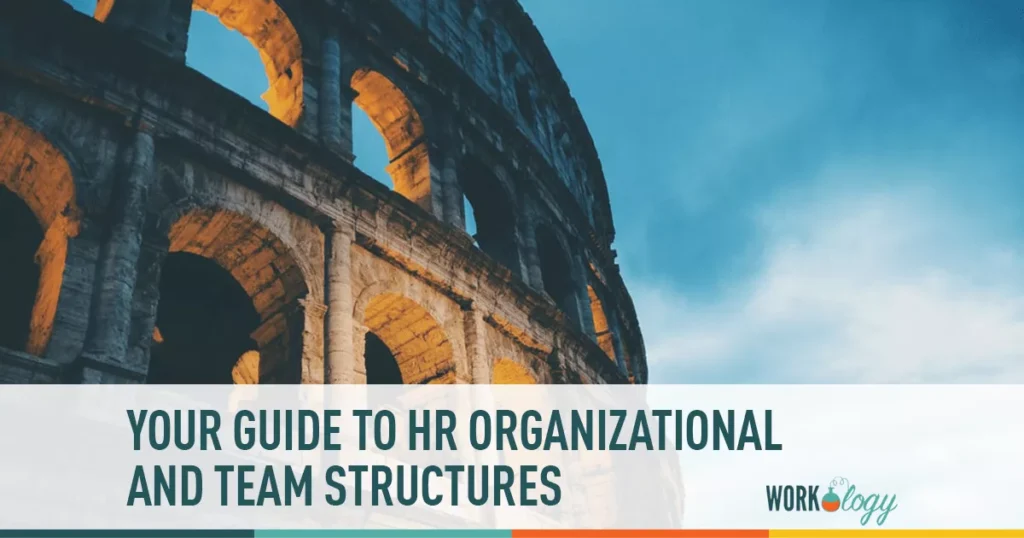
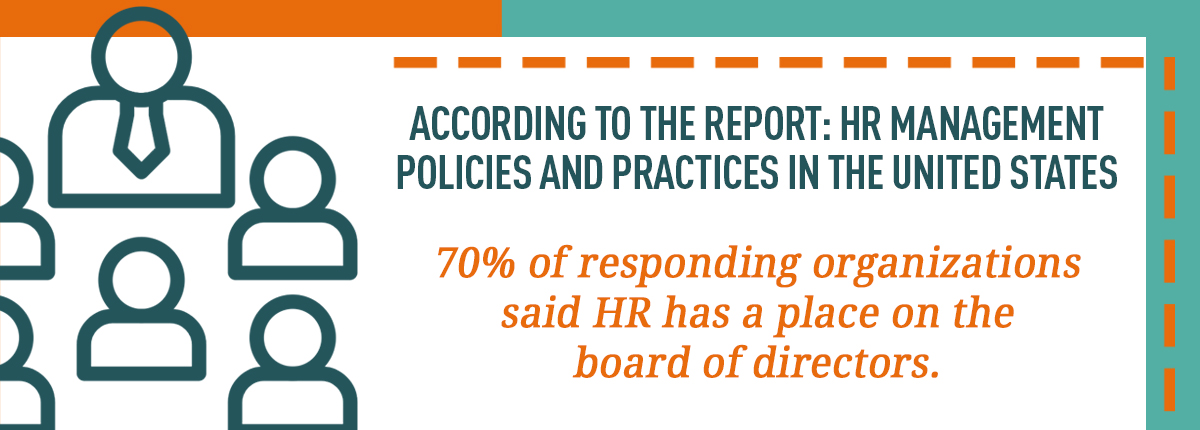
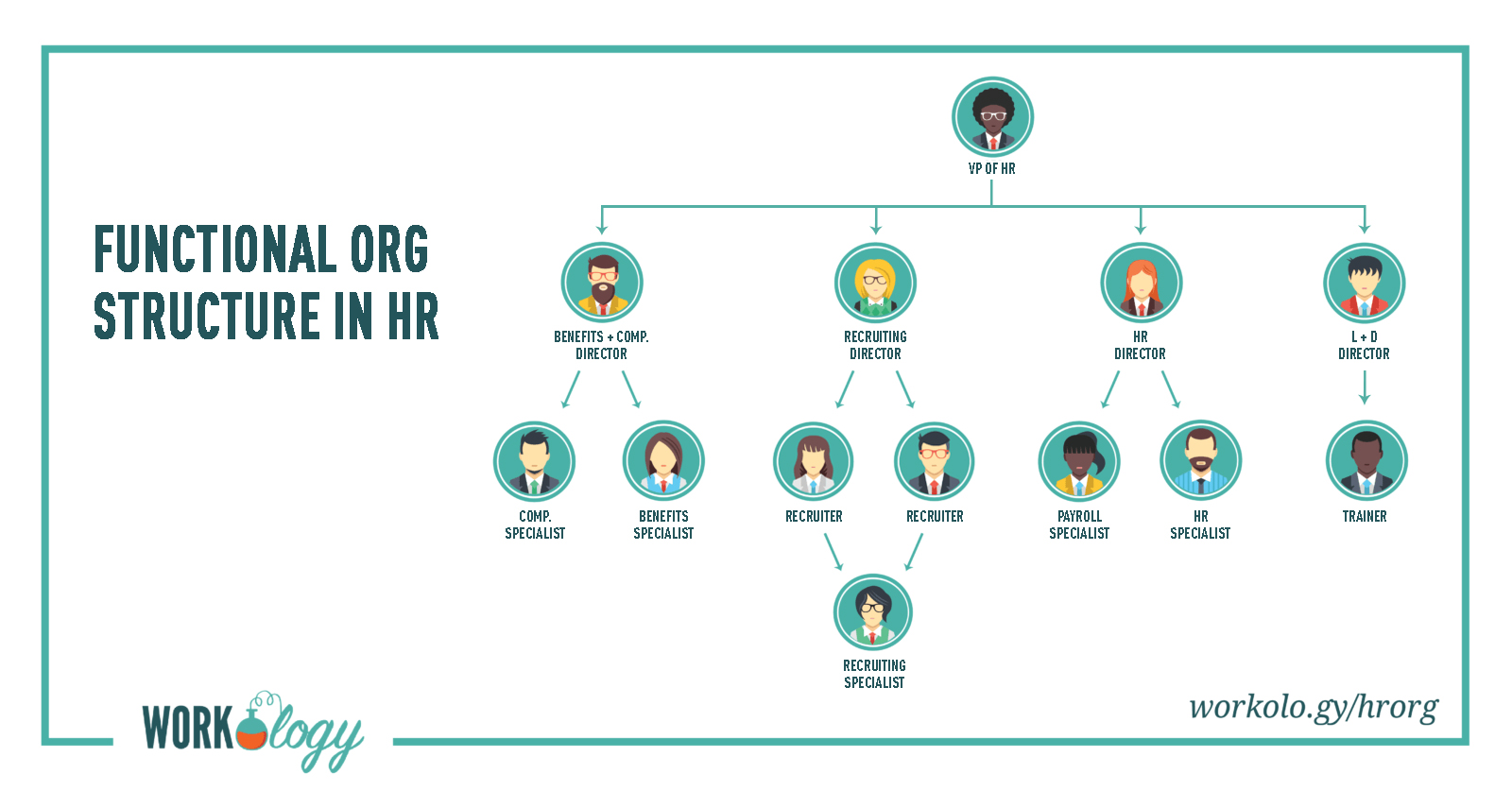
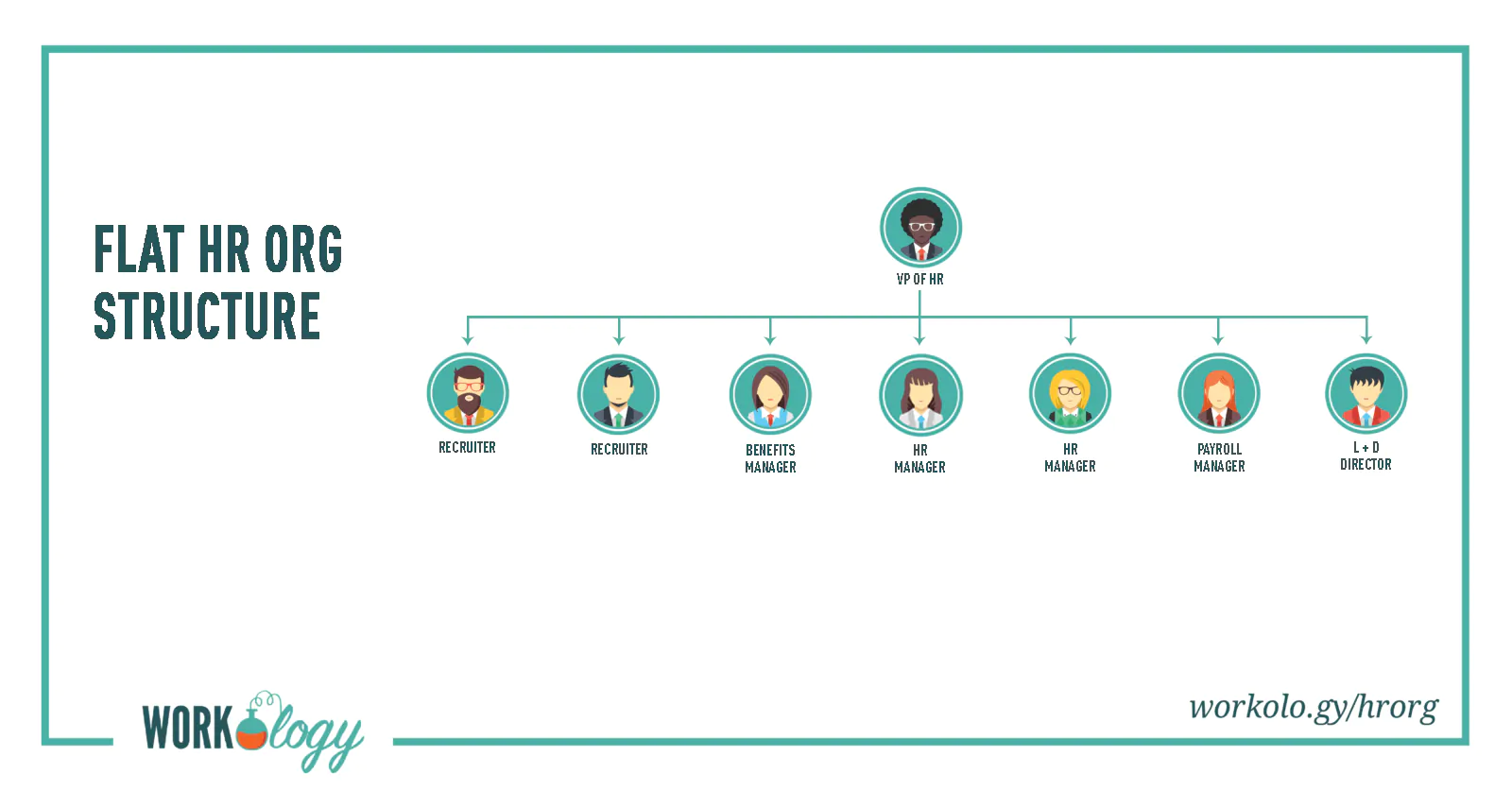
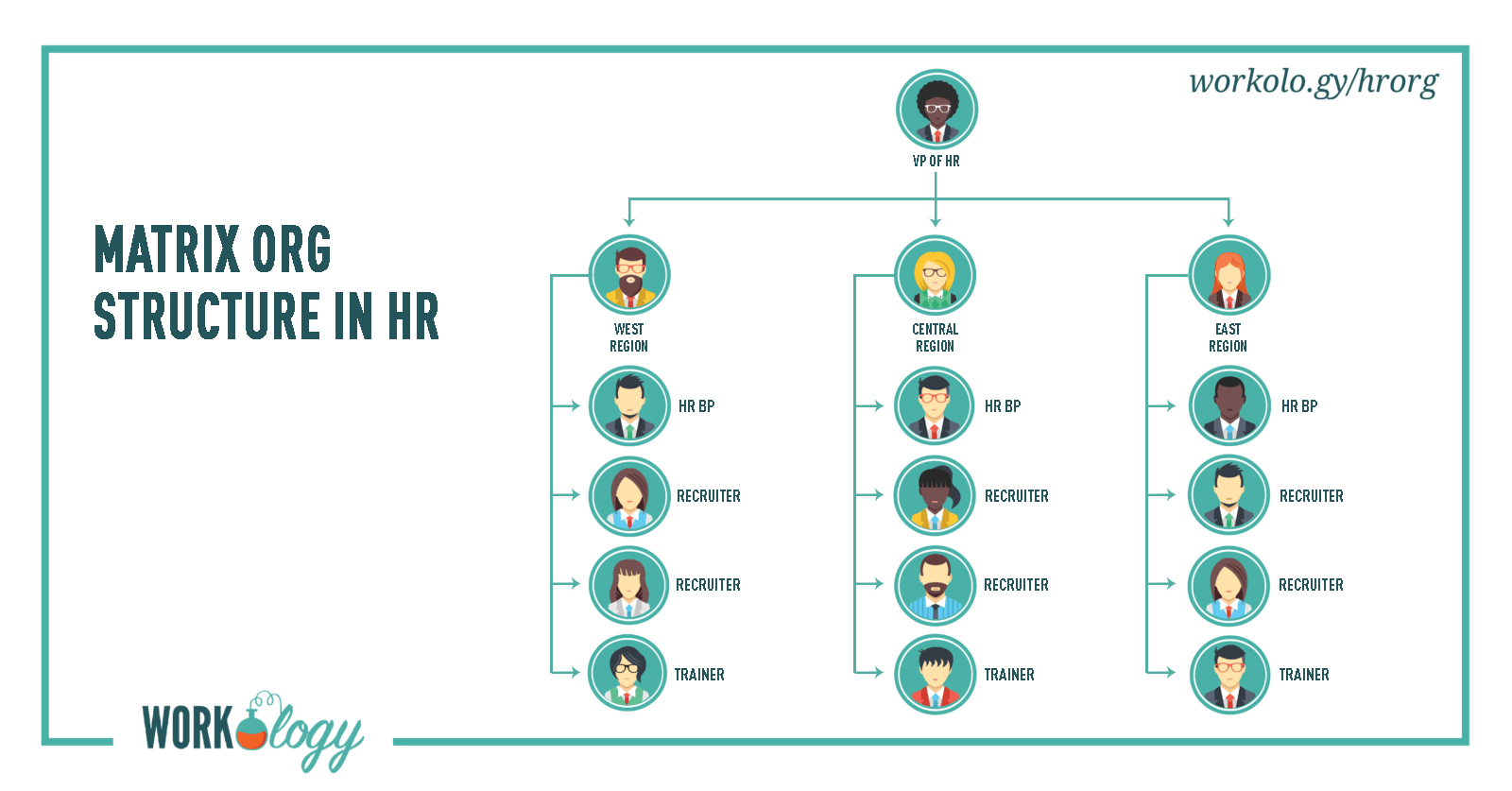
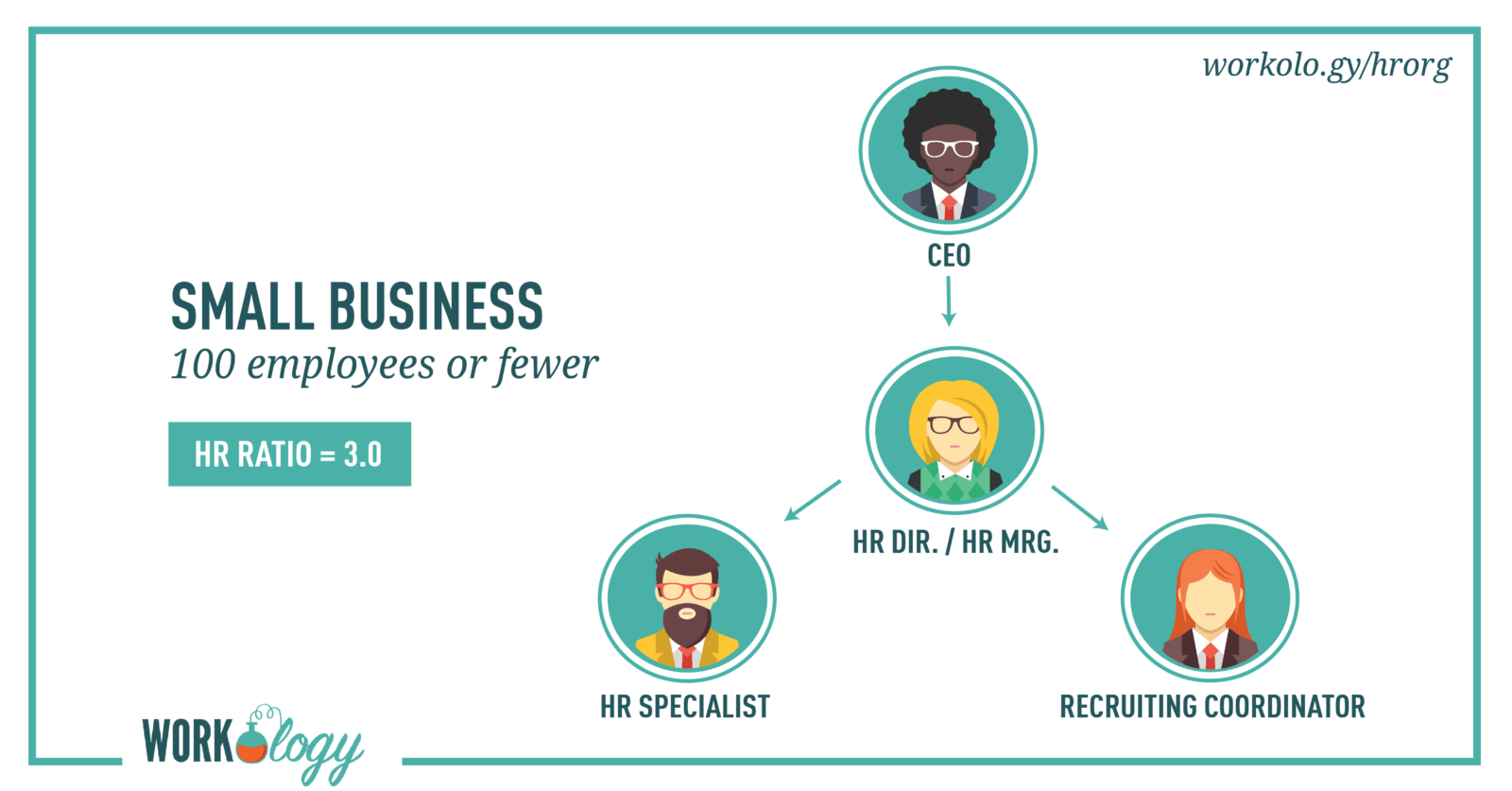
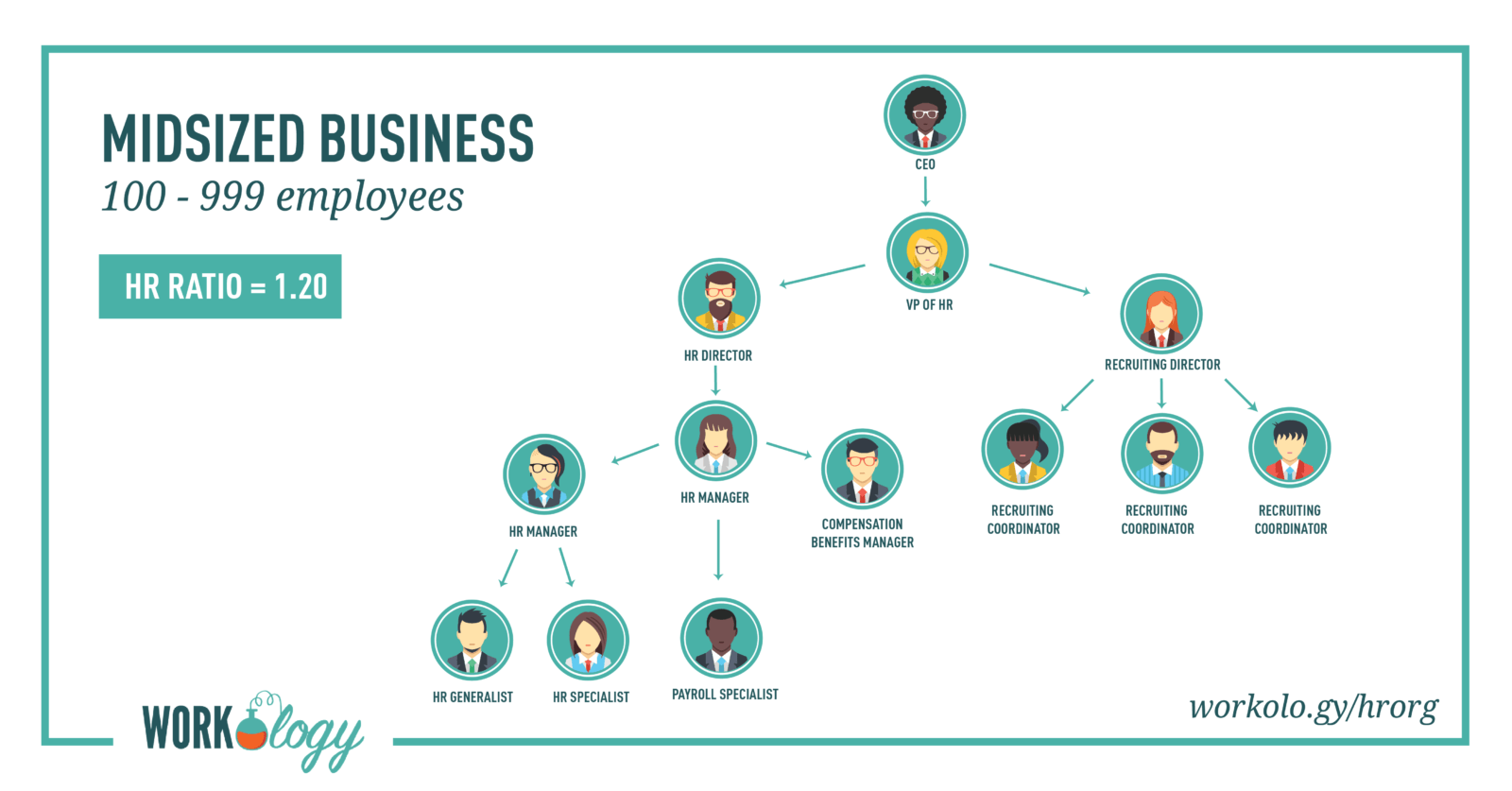
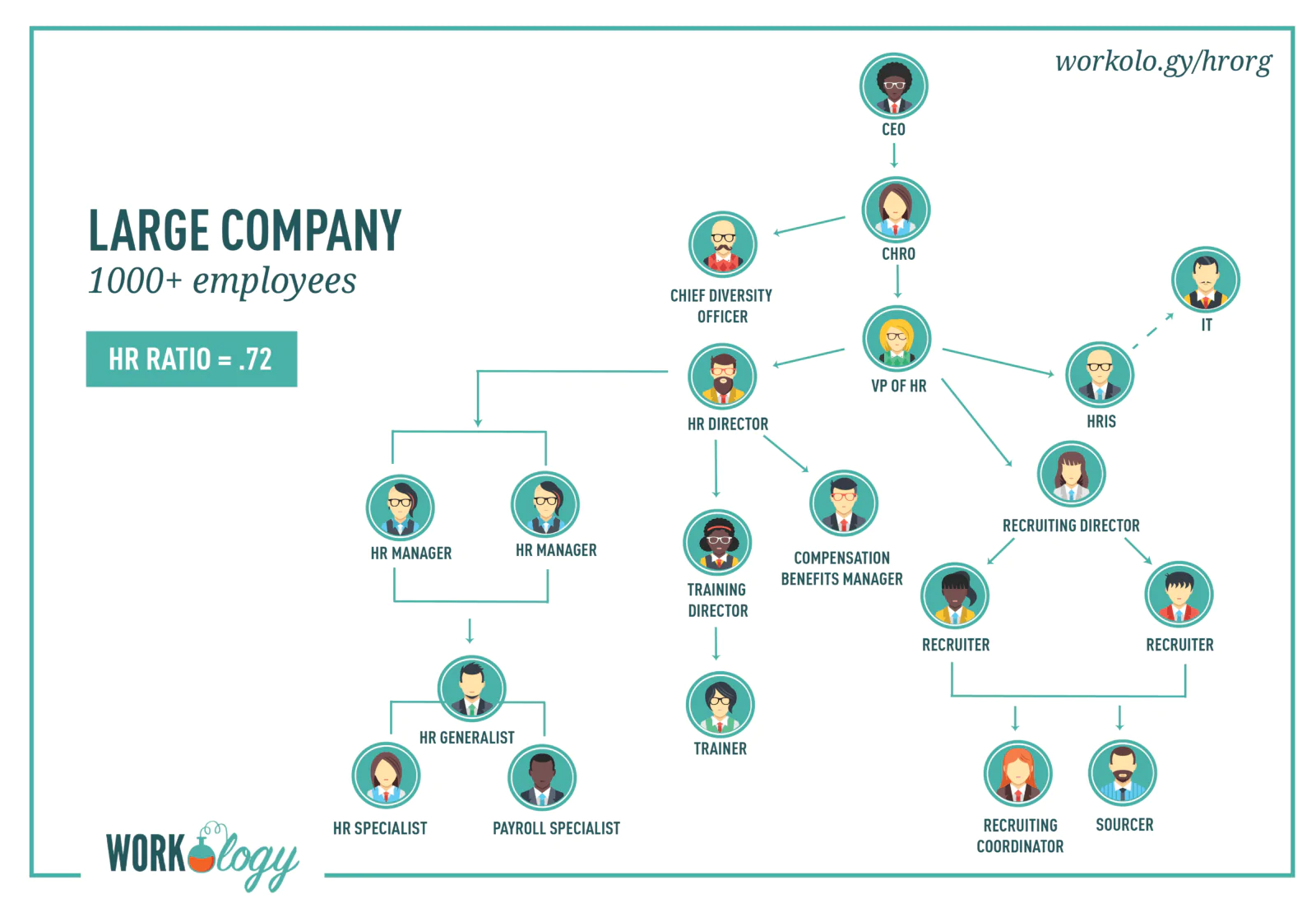
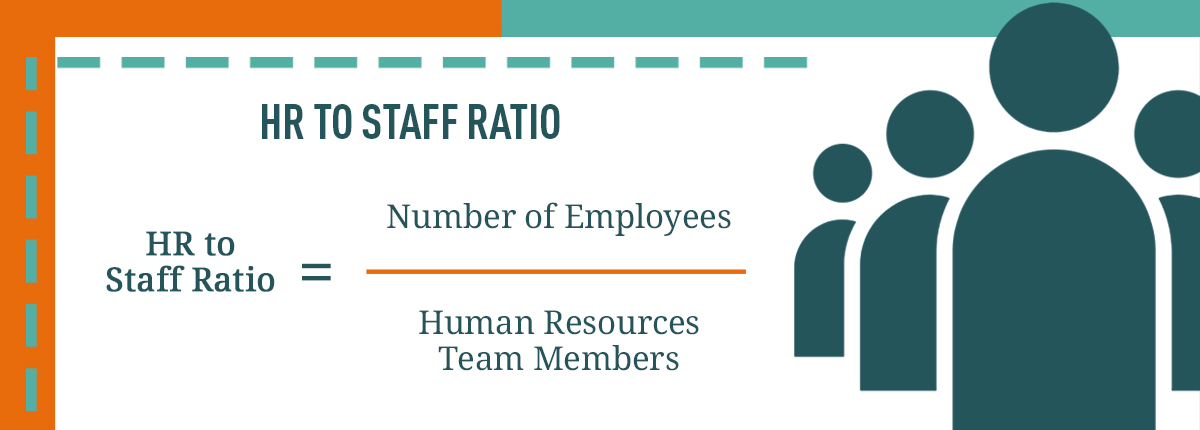
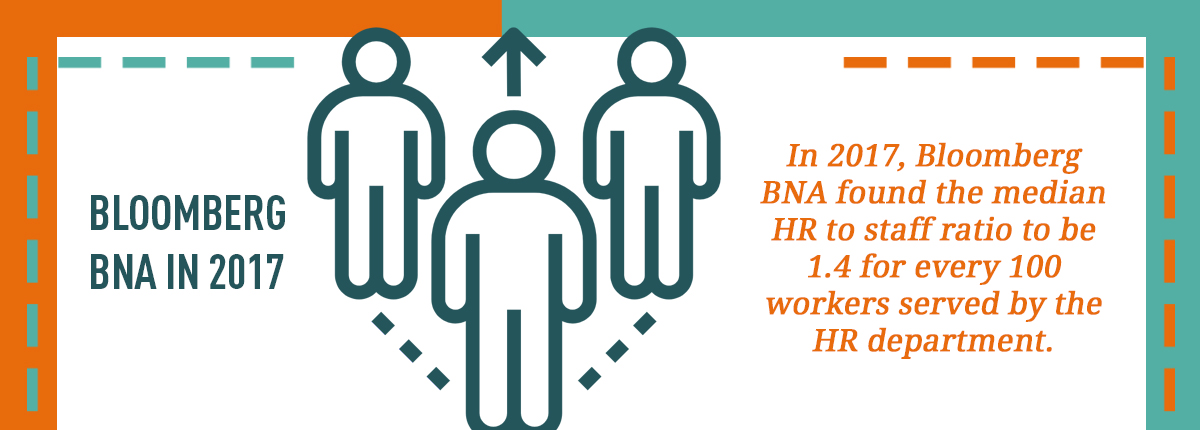
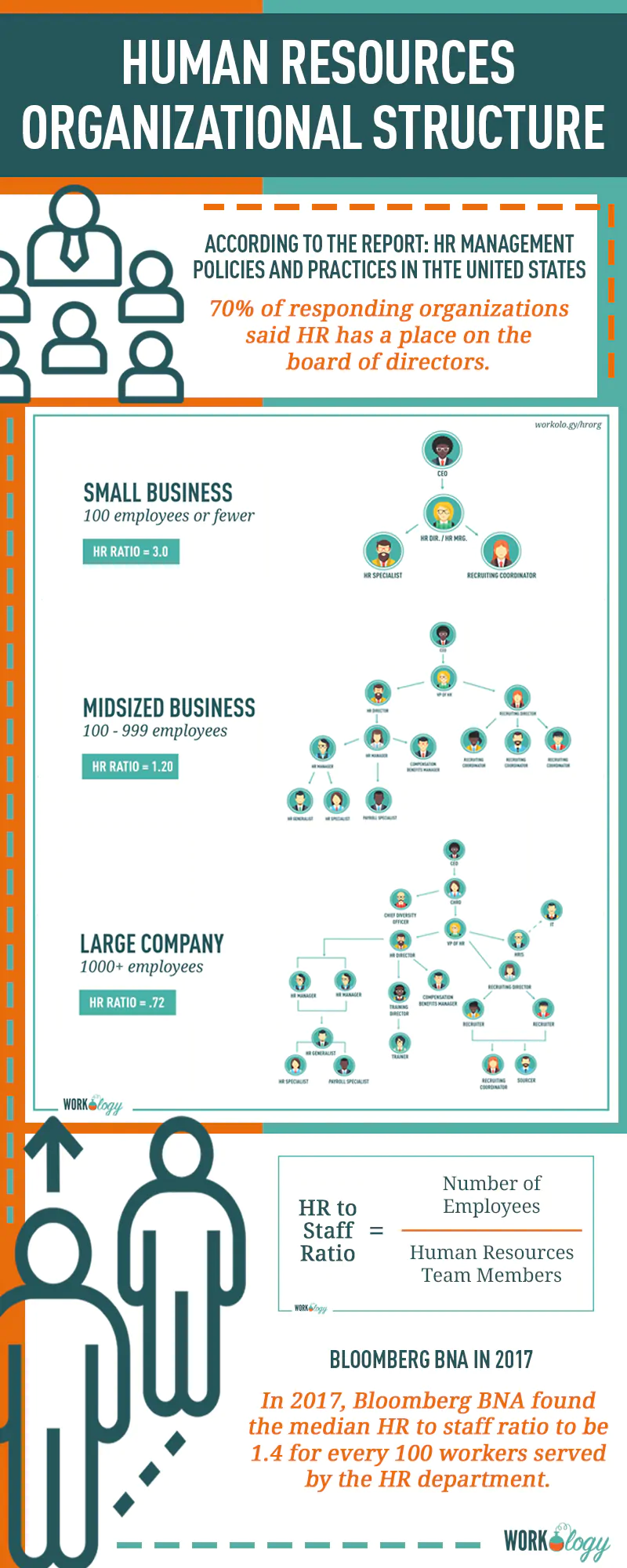









One Comment
What a great read! thank you for sharing. we have built a next gen-future of work- hr platform, Can you please visit our platform and share your feedback- https://www.peoplehum.com/
Comments are closed.